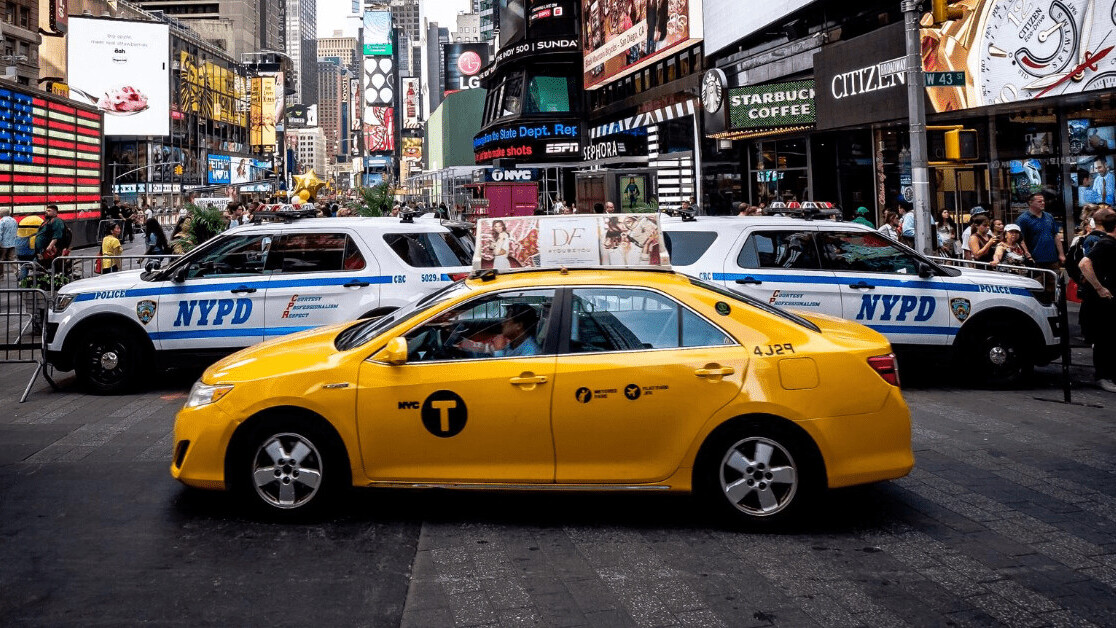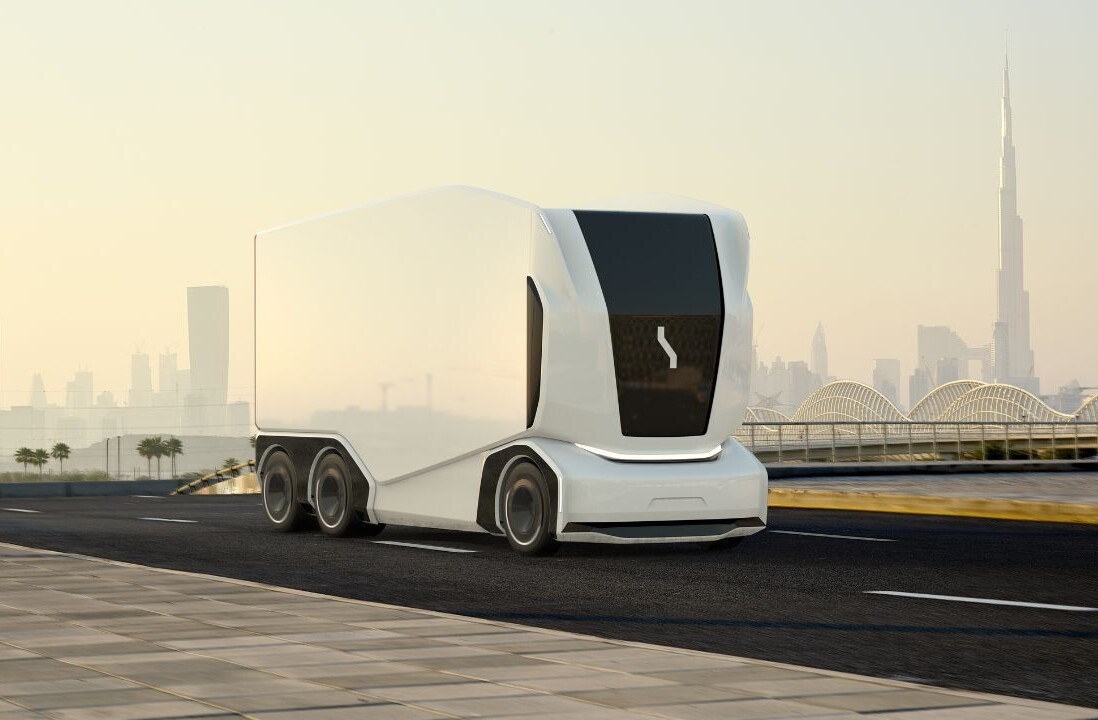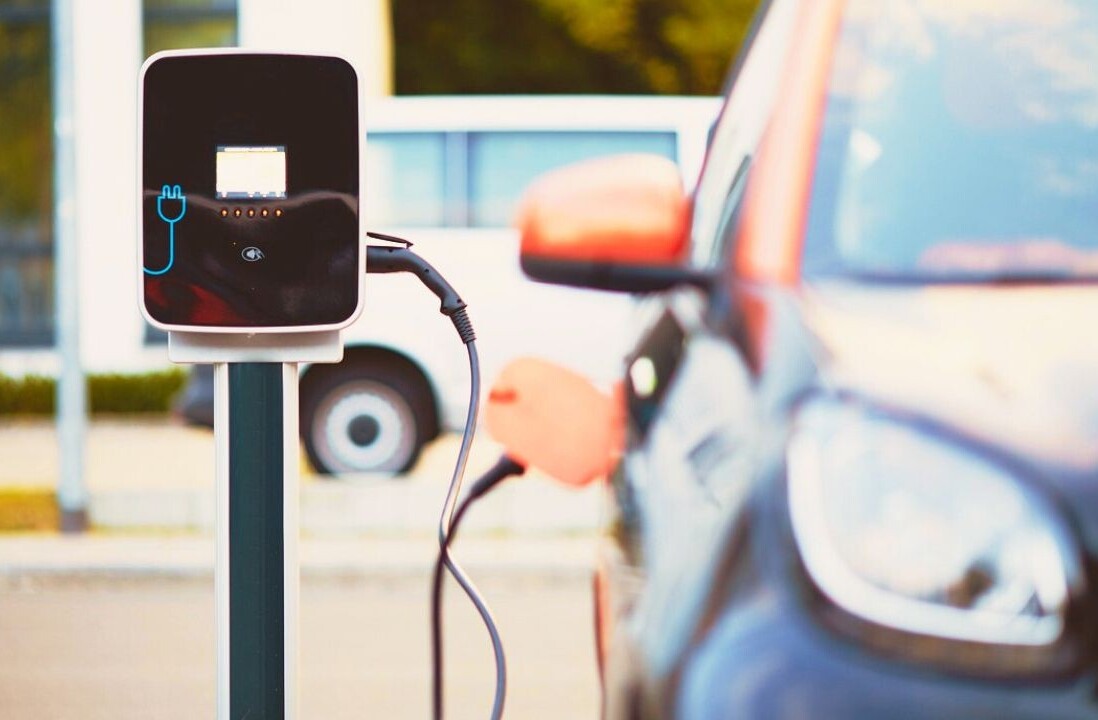So you like our media brand Shift? You should join our Shift event track at TNW2020, where you’ll hear how data, autonomy, and connectivity are fueling the future of mobility.
This article was originally published by Sarah Wray on Cities Today, the leading news platform on urban mobility and innovation, reaching an international audience of city leaders. For the latest updates follow Cities Today on Twitter, Facebook, LinkedIn, Instagram, and YouTube, or sign up for Cities Today News.
Linz in Austria will become an urban air mobility (UAM) pilot city, while Dubai is turning its attention to the finer details of making flying taxis a reality.
Dubai’s Roads and Transport Authority (RTA) and Dubai Air Navigation Services (DANS) have signed a memorandum of understanding (MOU) to exchange expertise on autonomous air vehicles.
They will collaborate on areas such as legislation; testing programmes; identification of vehicle air routes and take-off and landing sites; and safety and security relating to urban air mobility.
Ahmed Hashim Behrouzian, Executive Director of the Public Transport Foundation and Head of the RTA’s self-driving air vehicle project team, said: “The MOU is part of our measures promoting Dubai’s smart self-driving strategy, which aims to convert 25 percent of all travel in Dubai into self-driving flights through various means of transport by 2030, as well as to integrate mass transport and enhance the happiness of the population, by providing easy, fast and innovative transport channels.”
Dubai is expected to be the launch pad for commercial air taxis, with services projected to begin by 2022. It has carried out advanced tests with autonomous aerial vehicle companies such as Volocopter and EHang.
Integrating UAM
EHang also recently announced it is working with the City of Linz, aerospace group FACC and other local partners on a UAM pilot project. Following the identification of a suitable test route running over uninhabited areas, infrastructure construction is planned for 2021 and trial flights will take place “in the near future,” EHang said.
The pilot project will study the practicality of implementation in urban areas, acceptance by citizens and environmental impact.
“The public service aspect will also be considered, as UAM is not only about purchasing aircraft by private customers. Rather, public benefits are paramount, with a focus on integration into an overall transportation plan,” an EHang statement said.
Huazhi Hu, EHang Founder, Chairman and CEO, commented: “We will implement the whole value chain that is necessary for UAM operations, as well as demonstrate passenger experience journeys. Bookings systems, boarding processes and aftermarket service questions will play a role. In the course of the end-to-end process we will also be able to learn and improve our solutions on the go. We need to start thinking about implementation today, parallel to the ongoing regulatory processes as both will benefit from each other. Last but not least, we want to involve the people and let them touch, feel and experience UAM as far as possible today.”
The City of Linz did not respond to a request for comment.
Taking off
According to a December report from research and consulting firm Frost & Sullivan, around 50 cities worldwide are evaluating the viability of UAM, driven mainly by congestion and overburdened road infrastructure. It forecasts that the air taxi market will see a compound annual growth rate (CAGR) of 45.9 percent between 2022 and 2040. The sector is expected to be initially dominated by hybrid, piloted vehicles, with electric air taxis making their debut after 2025, followed by autonomous aerial vehicles from 2030.
While COVID-19 may delay some developments in the short-term, management consultancy Roland Berger recently concluded it will have little long-term impact on the growth of the UAM market. It expects 160,000 passenger drones to be in operation by 2050.
SHIFT is brought to you by Polestar. It’s time to accelerate the shift to sustainable mobility. That is why Polestar combines electric driving with cutting-edge design and thrilling performance. Find out how.
Get the TNW newsletter
Get the most important tech news in your inbox each week.






